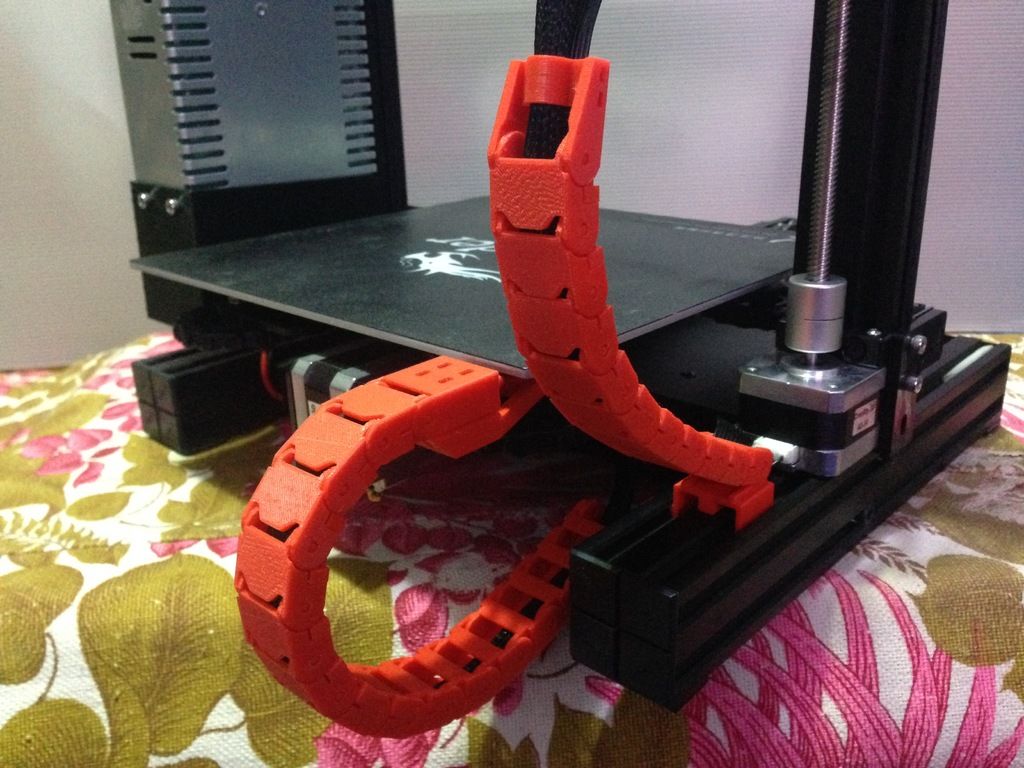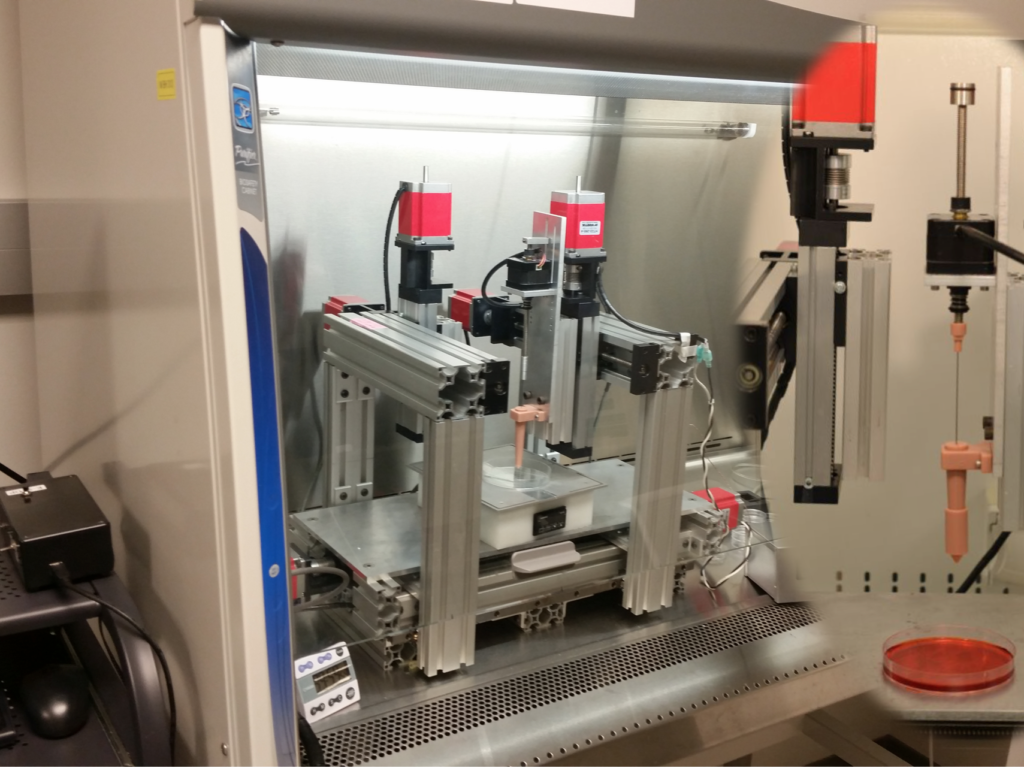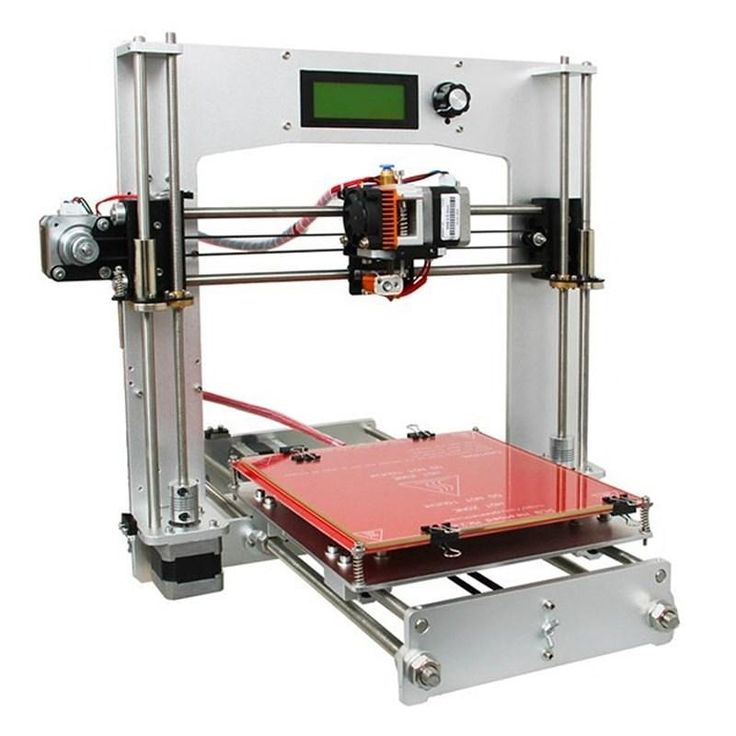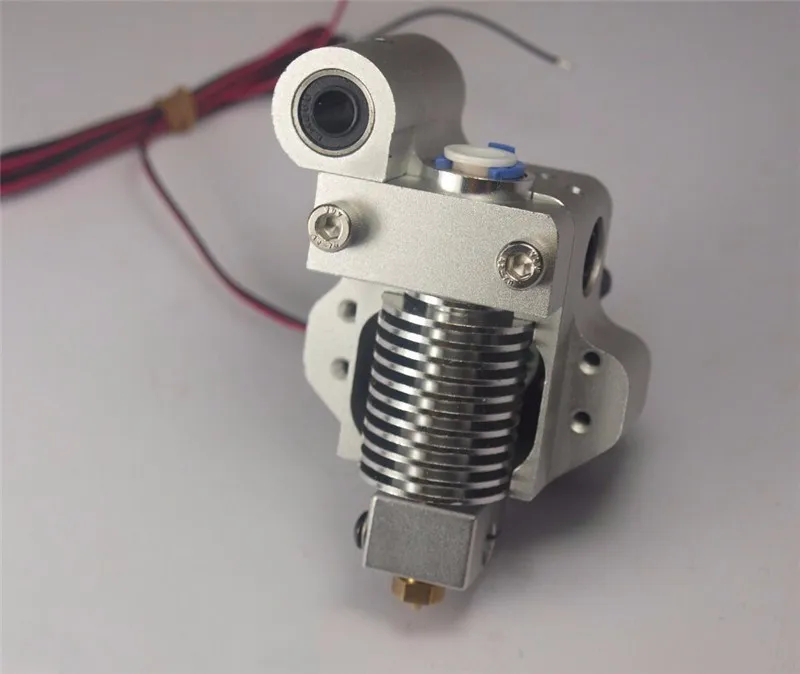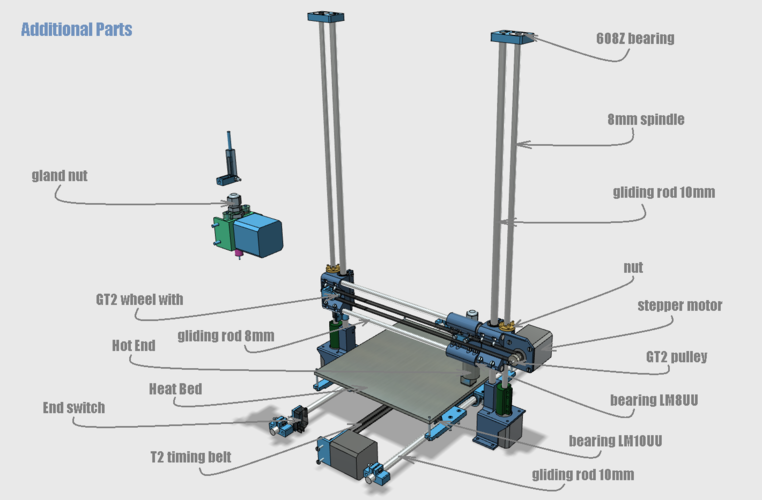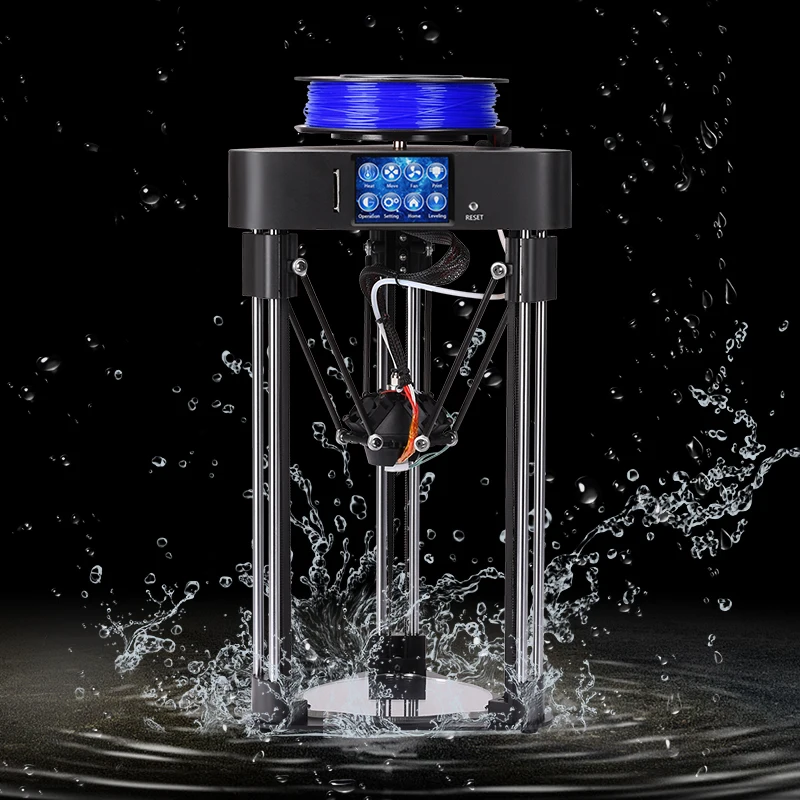3D printed manual transmission
Mechanical Engineer 3D Prints a Working 5-Speed Transmission for a Toyota 22RE Engine - 3DPrint.com
Who says that you can’t make anything useful on a desktop 3D printer? Sure, there are plenty of designs that you can find on 3D printing repository websites which make you question the motive of the designers — but at the same time, there are engineers and designers creating things that make you just stop and say, “WOW!”
One of these latter instances comes in the form of a 3D printed 5-speed transmission for a Toyota 22RE engine, created by a mechanical engineer named Eric Harrell of Santa Cruz, California. Not only does it look legitimate, but it also is completely functional.
You may recall a story that we did back in January about a 3D printed Toyota Engine. It was also designed by Harrell, after he completely reverse engineered a real Toyota 22RE engine. It received such a great reception from both Thingiverse users and the national media, that Harrell decided to take his creation one step further, providing this latest 3D printed transmission to complement the engine.
The two actually can be combined to create the ultimate piece of 3D printed machinery.
“I made the transmission due to the the success of my first upload, the 4 cylinder Toyota engine,” Harrell tells 3DPrint.com. “The overall number of people that were interested was overwhelming. I never thought that many people would be interested in it, yet actually print and build it, due to the shear complexity and print time involved. So far 8 people have made the engine and many more are in the process.”
In all, it will take about 48 hours of print time to print out all of the individual pieces needed to assemble the transmission. Once the pieces have all been printed, they will need to be assembled using the diagrams that Harrell provides. He admits that it’s not an easy task to put the transmission together once the parts have been printed, but welcomes questions from anyone who has difficulty doing so.
Transmission and engine mated together.
“If one was to build either my transmission or engine, they would have a pretty good idea of how to put an actual engine together since these are modeled after real parts,” Harrell tells us. “Which is great, because most people that are interested in 3D printing would never get the opportunity to actually rebuild an engine or transmission.”
While the majority of the transmission is 3D printed, there are some smaller parts which can not be printed on a desktop 3D printer, such as the 3mm rod, (18) 623zz bearings, (20) 3mm washers, and a few other small odds and ends like screws and bolts. At the same time, Harrell doesn’t ensure that all the parts will be ready to go off of the printer. Depending on the 3D printer used, some of them may need to be scaled up or down in order to fit together properly. Rather than scaling the parts, he also suggests that you could simply file them down where needed.
“The transmission works exactly like most manual transmissions found in any car or truck,” explained Harrell.
“However, I can barely explain how it works. It’s fairly hard to grasp unless you assemble one or see an animation of one opened up.”
Regardless of the time required for printing and assembly, this has to be one of the most incredible designs that we have come across yet on Thingiverse. Most incredibly, Harrell tells us that it could absolutely be used in a real vehicle, since it is a scaled down version of the real thing.
What do you think about this incredible 3D printed Toyota transmission? Have you, or will you be 3D printing your own? Discuss in the 3D Printed Toyota Transmission forum thread on 3DPB.com. Check out the video below of the 3D printed transmission in action.
Stay up-to-date on all the latest news from the 3D printing industry and receive information and offers from third party vendors.
Tagged with: 22re transmission • 3d printed engine • 3d printed toyota transmission • 3d printed transmission • 5-speed transmission • thingiverse • toyota 22re engine • toyota transmission • transmission
Please enable JavaScript to view the comments powered by Disqus.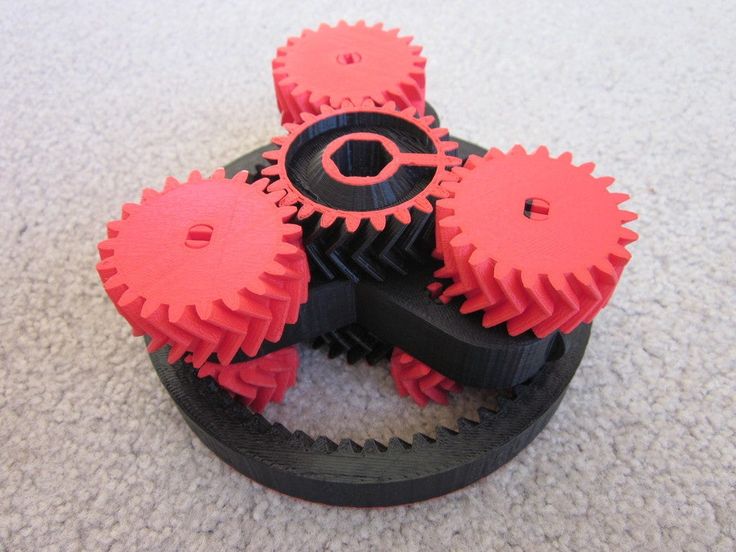
Transmission best STL files for 3D printer・Cults
crown-without end
Free
transmission line tower
€9
transmission line tower
€8
Three wheels together with the Scotch mechanism
€4
pair of double gears
Free
Simple mechanism
Free
Rotary linear gearbox
€1
spur gears 18, 27 and 36 teeth
Free
STL ENGINE AND TRANSMISSION VOLKSWAGEN AIRCOOLED FUSCA , VARIANT , BRASILIA
€2.71
Servo mount for manual transmission shifter FOR THE HG P407 (TAMIYA BRUISER CLONE)
€4. 70
70
Nissan Pathfinder Transmission Manual Release Button
Free
GEAR PD 16 - 40
€4.19
Gears Box 4:1 (Edit .stp)
€0.71
GEAR COLLECTION REAL GEAR INVOLUTE PROFILE 91T TO 100T
€2
GEAR COLLECTION REAL GEAR INVOLUTE PROFILE 81T TO 90T
€2
GEAR COLLECTION REAL GEAR INVOLUTE PROFILE 71T TO 80T
€2
GEAR COLLECTION REAL GEAR INVOLUTE PROFILE 31T TO 40T
€2
GEAR COLLECTION REAL GEAR INVOLUTE PROFILE 21T TO 30T
€2
Gears Box 4:1
Free
LNC Axial Front Transmission Mount
Free
Pro Mod Reid Rossler with Bellhousing N Gear Vendors N Rife Sensors
€5. 63
63
Sun Gear System
€0.50
Kyosho Blizzard Rx Tray with Transmission Brace
Free
bmw motor v12
€1.25
Axial Spur Gear Cover
Free
Transmission Tunnel
Free
Outboard Engine Clutch
€4.95
3D Printed Plastic Pulley Transmission
€4.99
2-speed gearbox
€4.95
Arrma Mojave EXB transmission cover
€3
C2 Mini lathe gear set (complete)
Free
Angular transmission
€2.07
Chevy Th450 Transmission 1/24
€4. 50
50
Automatic Transmission Model
Free
Plate for car's manual transmission
Free
Car cupholder manual transmission fidget toy
Free
COMPLETE SET OF SKODA, VOLKSWAGEN GEARBOX BUSHINGS (without gearbox joint)
€10
Axial 3 gear transmission to modify
Free
spur-helix rack and pinion transmission-simple
Free
1/24 MAZ 537 Transmission
€4.53
High voltage pole
€2.47
Crown Kyosho Rc Module 08, 59 Teeth
€1
2 speed dogbox transmission (working prototype)
Free
Reciprocating thing
Free
Brinn Gen 1 Transmission 1/24th Scale
€3.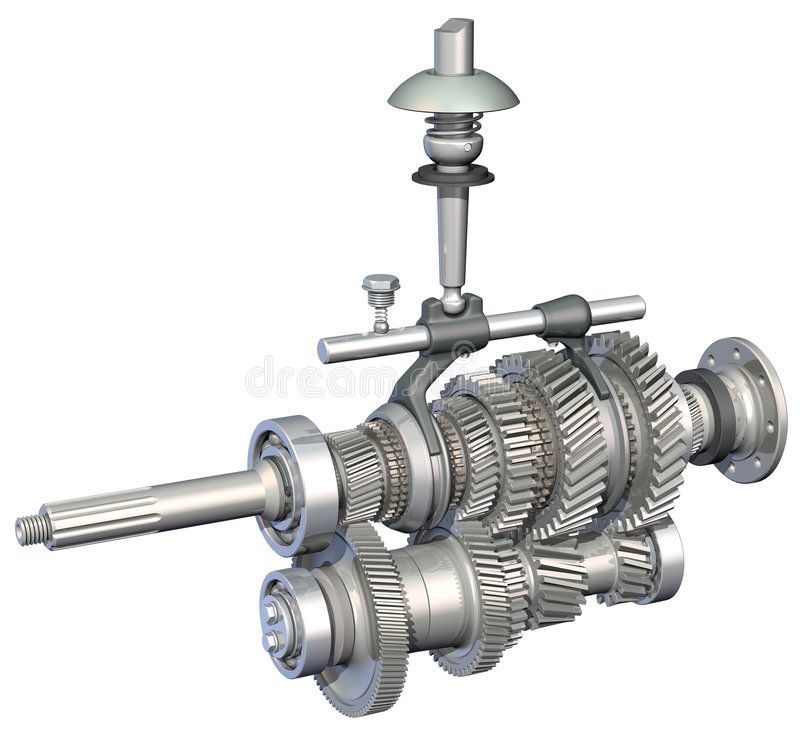 76
76
GasGas / Rieju / motorbike transmission oil filler / funnel
€0.60
PEUGEOT 508 HIH CUP PHONE HOLDER LIFT AUTOMATIC TRANSMISSION
€18.76
Tatra 813 1/8 scale high-end-project (incomplete!!) - PART A: wheel transmission
€4.95
A mechanical engineer 3D printed a working gearbox for a Toyota engine (+ video)
One of the unusual novelties is a 3D printed five-speed gearbox for a Toyota 22RE engine. The author of the work is mechanical engineer Eric Harrell from the city of Santa Cruz in California. His brainchild not only looks convincing, but is also a fully functional model.
In January, Harrell had already reverse-engineered a Toyota engine from scratch using a 3D printer (in other words, analyzed and reproduced its design). Thingiverse users and the American media have positively evaluated Harrel's project, and he decided to take his creation to the next level by supplementing the engine with a gearbox, also printed on a 3D printer.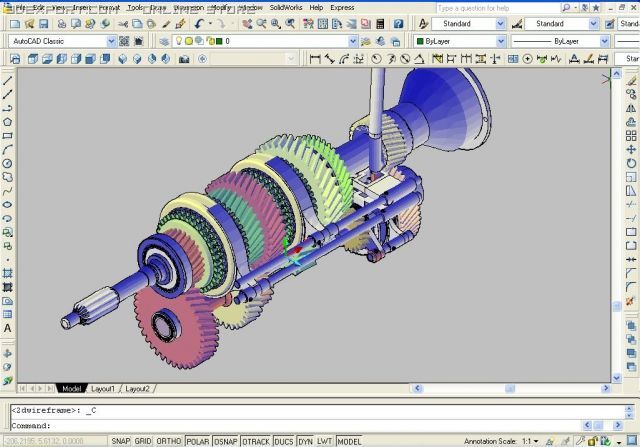 Harrell's two designs can work together to create a unique piece of 3D printed mechanical construction.
Harrell's two designs can work together to create a unique piece of 3D printed mechanical construction.
“The success of my first project, a four-cylinder Toyota engine, inspired me to get into the gearbox business,” says Harrell. “It's amazing how many people are interested in my work. I never thought that my design could generate such interest and, moreover, that people would actually print and assemble it, simply because it is a complex and time-consuming process. To date, eight people have already assembled the engine, and many are now working on it.”
In general, it will take approximately 48 hours of printing on a 3D printer to make all parts of the gearbox. After printing all the components, you need to assemble the structure according to the drawings provided by Harrell. The engineer recognizes that assembling a gearbox is not an easy task, so he is available to answer questions from those who have encountered any difficulties in the process.
“Anyone who puts together one of my designs—a gearbox or an engine—will get a pretty good idea of how they actually work, because my models are exactly replicas of real mechanisms,” Harrell explains. “And it’s amazing because most people who are interested in 3D printing are unlikely to ever get the opportunity to actually recreate an engine or gearbox.”
“And it’s amazing because most people who are interested in 3D printing are unlikely to ever get the opportunity to actually recreate an engine or gearbox.”
Although most parts of the gearbox are 3D printed, some small parts cannot be printed on a personal 3D printer. We are talking about such details as a rod with a diameter of 3 mm, 628ZZ bearings, washers with a diameter of 3 mm and several other small elements that serve mainly for fasteners. At the same time, Harrell does not guarantee that all parts can be 3D printed in the correct scale - some of them may have to be adjusted to fit the rest of the structure. On the other hand, the author of the project notes that instead of resizing the parts in the project, you can simply file them as necessary after printing.
“The transmission works exactly like most manual transmissions in cars or trucks,” Harrell says. “Nevertheless, I can hardly explain how it works. This is very difficult to understand until you assemble the gearbox yourself, or at least watch a cutaway video of the mechanism in operation.
Despite the time it takes to print and assemble the structure, this is perhaps one of the most impressive designs featured on Thingiverse to date. It's also hard to believe, but Harrell says his design could be successfully used in a real car because it's a scaled-down version of a real machine.
Printer car
The average car is made up of 25,000 parts shipped from all over the world. Local Motors brought that number up to 64 by 3D-printing a car body.
Ezra Dyer
It looks like a modest transport, a kind of grown-up kart. Consuming current voltage 48 ?? The power plant, together with the transmission, is bolted to an aluminum frame. The seats are printed together with the body and are additionally equipped with a soft cover. The Strati looks like the illegitimate offspring of an alien rover, but John Rogers, co-founder and head of small-scale car company Local Motors, believes his prototype can be called a revolutionary transport of the future: simple, light, inexpensive and highly personalized.
One of the biggest problems was the lack of a printer of the right size. To solve this problem, Local entered into partnerships with the Cincinatti machine tool company, the US Department of Energy's Oak Ridge National Laboratory, and the Knoxville, Tennessee Science and Technology Center. Together they developed a new printer - just the size of a car body. Along the way, they thought about a new approach to direct digital production.
“Until now, 3D printers have tried to imitate designs made in traditional ways,” says Rogers. - That is, to print parts that have a finished look. And we believe that you should not force a 3D printer to do all the work. Let him quickly create a part, and where it needs to be finished, you can use the machine. The idea is to print the entire body at once from carbon-reinforced plastic, which will be both the chassis and the body. Everything else - suspension, wheels, motor and battery - is attached to this base.
The Strati car was first presented at an industrial exhibition in Chicago in September this year, and already in early October in Moscow at the international conference Autodesk University Russia 2014, we managed to talk with Jordan Brandt, a person whose task is to evaluate the prospects for the development of 3D- print. He is an employee of Autodesk, the world leader in 3D design software and currently active in 3D printing "software".
Interview: Oleg Makarov
PM: It is known that 3D printing is now used in R&D, as well as for the needs of technical hobbies. Will this technology be actively used in industry?
JB: I believe that the role of 3D printing in the industry is not well known to the general public. A lot has happened in the last decade that has changed production methods in response to this new technology. For example, Boeing has been using printed parts on its military aircraft for more than a decade. But more importantly, additive technologies expand the capabilities of traditional processes. And there is a great example of this - plastic injection molding. This method is used to manufacture many objects around us, such as cases for smartphones and tablets. In the classic version, molten plastic is injected into a metal mold, then the mold cools down, the part is removed, and everything is repeated again. They are constantly trying to speed up this process, but there is one important obstacle - the mold with the product cools down slowly. Now they have come up with the idea of printing metal molds on 3D printers, and it has become possible to create tiny channels inside the molds. When the plastic is pumped in, cold water is passed through these channels and the part cools much faster. Thus, it was possible to increase the productivity of enterprises by as much as 40%.
But more importantly, additive technologies expand the capabilities of traditional processes. And there is a great example of this - plastic injection molding. This method is used to manufacture many objects around us, such as cases for smartphones and tablets. In the classic version, molten plastic is injected into a metal mold, then the mold cools down, the part is removed, and everything is repeated again. They are constantly trying to speed up this process, but there is one important obstacle - the mold with the product cools down slowly. Now they have come up with the idea of printing metal molds on 3D printers, and it has become possible to create tiny channels inside the molds. When the plastic is pumped in, cold water is passed through these channels and the part cools much faster. Thus, it was possible to increase the productivity of enterprises by as much as 40%.
PM: What other industrial technologies based on 3D printing are being introduced now?
JB: Very interesting things are happening. If earlier 3D printers were engaged in startups that developed production from scratch and did nothing else, now companies that have been producing industrial equipment for decades are entering the industry. They have experience in building reliable machines. For example, CNC machines are emerging that combine traditional milling technology with additive technology, 3D printing technology. With the help of a printer, you can create a general outline of the part (3D printing cannot yet compete in accuracy with traditional machining technologies), and then additionally process the surface with a cutter where necessary. Designers from Local Motors went this way, who used the Spark software platform from Autodesk when creating their Strati car. They proceed from the fact that not every surface in a car needs to be perfectly machined. Machine processing can be applied "pointwise", where it is really needed.
If earlier 3D printers were engaged in startups that developed production from scratch and did nothing else, now companies that have been producing industrial equipment for decades are entering the industry. They have experience in building reliable machines. For example, CNC machines are emerging that combine traditional milling technology with additive technology, 3D printing technology. With the help of a printer, you can create a general outline of the part (3D printing cannot yet compete in accuracy with traditional machining technologies), and then additionally process the surface with a cutter where necessary. Designers from Local Motors went this way, who used the Spark software platform from Autodesk when creating their Strati car. They proceed from the fact that not every surface in a car needs to be perfectly machined. Machine processing can be applied "pointwise", where it is really needed.
PM: Is combining two technologies cheaper or faster?
J.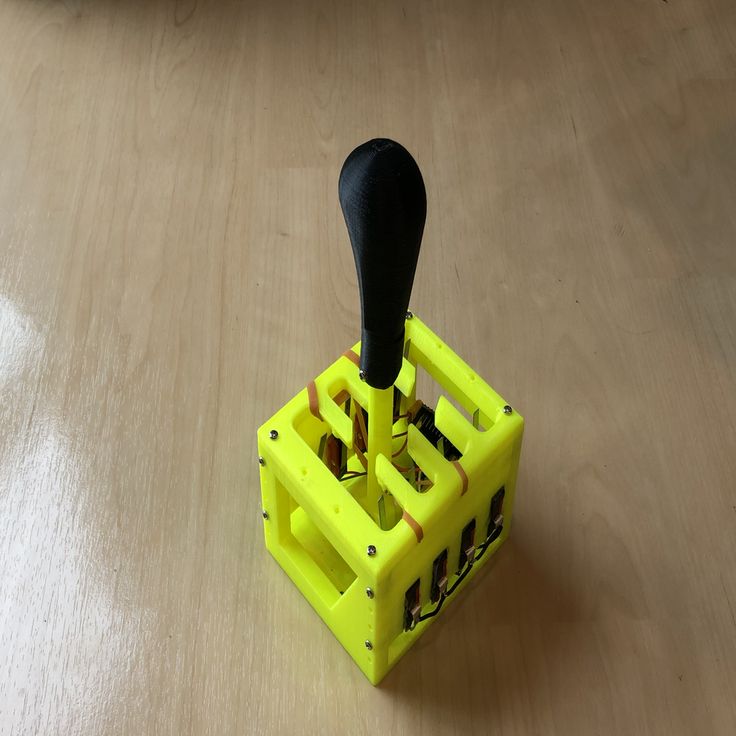 B.: Faster and less expensive. During traditional tooling of a metal part (milling, drilling, etc.), up to 90% of the metal from the workpiece can go to waste. But if the workpiece itself, printed on a 3D printer, already has a given shape, then the amount of waste will be minimized during machining. Take titanium production - Russia, by the way, is among the world leaders here. Processing titanium on machine tools is long and expensive, and most importantly, it is difficult to dispose of a large amount of waste later. It would seem - what is the problem? We take shavings and melt them back into ingots. But due to oxidation processes, this is not easy to do, complex and expensive technologies are needed. One of the largest suppliers of parts for the aerospace industry, GKN Aerospace, wastes about 1,400 tons of titanium chips per year. And do you know what their main disposal method is? Chips are added to asphalt to strengthen the road surface. Therefore, the task of reducing the amount of titanium waste is now extremely relevant, and 3D printing technologies will help in this.
B.: Faster and less expensive. During traditional tooling of a metal part (milling, drilling, etc.), up to 90% of the metal from the workpiece can go to waste. But if the workpiece itself, printed on a 3D printer, already has a given shape, then the amount of waste will be minimized during machining. Take titanium production - Russia, by the way, is among the world leaders here. Processing titanium on machine tools is long and expensive, and most importantly, it is difficult to dispose of a large amount of waste later. It would seem - what is the problem? We take shavings and melt them back into ingots. But due to oxidation processes, this is not easy to do, complex and expensive technologies are needed. One of the largest suppliers of parts for the aerospace industry, GKN Aerospace, wastes about 1,400 tons of titanium chips per year. And do you know what their main disposal method is? Chips are added to asphalt to strengthen the road surface. Therefore, the task of reducing the amount of titanium waste is now extremely relevant, and 3D printing technologies will help in this.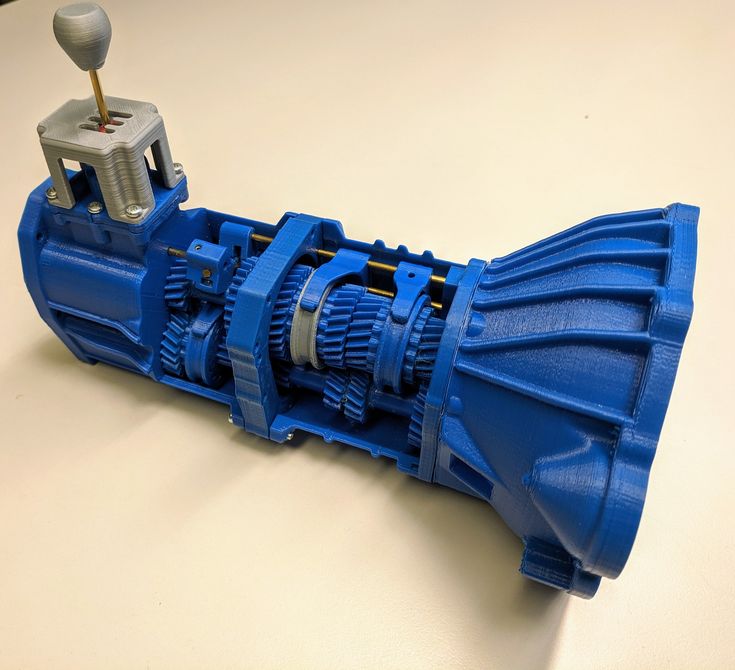
PM: Are there reliable technologies for printing titanium parts?
J.B.: Yes, this is laser deposition using titanium wire or powder. The technology of deposition with titanium wire is very promising. Its meaning is that a thin titanium wire is constantly fed to the robotic head, the laser melts it, and a drop of metal is deposited exactly in the specified place of the created part. In this way, you can create very voluminous parts. And the waste during further machining will not be 90, but let's say 2%. We can assume that 3D printing comes to the place of forging and casting. But the capabilities of the new technology far exceed those of the traditional ones.
PM: And what are these new features?
JB: Human nature is designed so that when a new technology appears, we try to do first what we did before, but only in a new way. This is exactly what has happened in our region in the last decade.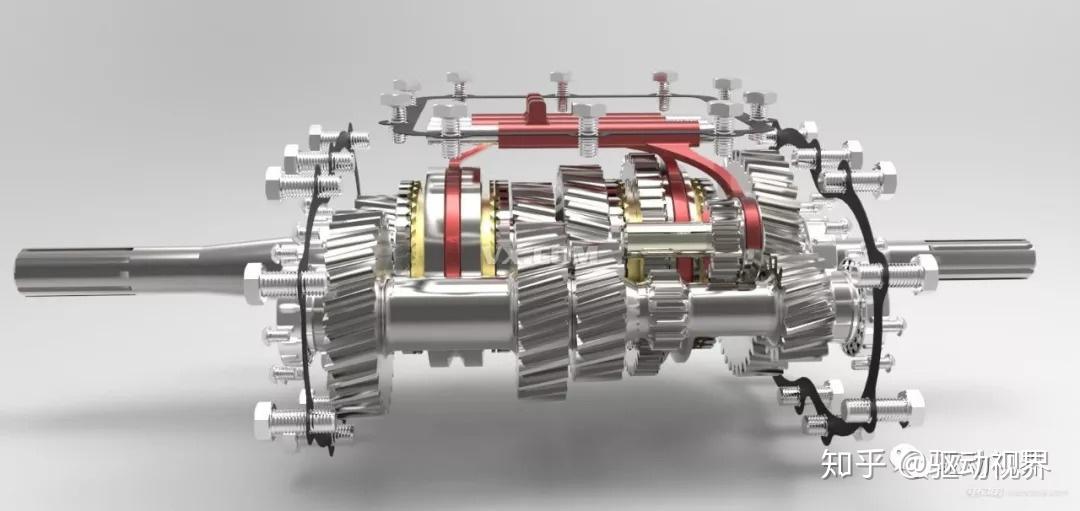 We took old ideas and tried to implement them on 3D printers. But now the time is coming when we create structures that we have never done with the help of old technologies. It is possible, for example, to print an entire part with closed internal cavities or moving parts inside as a whole, without resorting to assembly. Or print material that will behave in a particular way. Right now, in the famous Lawrence-Livermore Laboratory in California, so-called materials with a given architecture are being created. For example, metal alloys with a negative coefficient of thermal expansion. If a part made of such a metal is heated, it will shrink; if cooled, it will expand. There has never been anything like it in history. Take, for example, the optics installed on spacecraft. Its physical parameters must be highly accurate, but due to sudden temperature changes (hot in the sun and frost in the shade), the lenses change shape. Now the problem is being solved with the help of high-precision corrective mechanisms and electric motors, but in the future all this may not be needed - the special properties of optical glass will be enough.
We took old ideas and tried to implement them on 3D printers. But now the time is coming when we create structures that we have never done with the help of old technologies. It is possible, for example, to print an entire part with closed internal cavities or moving parts inside as a whole, without resorting to assembly. Or print material that will behave in a particular way. Right now, in the famous Lawrence-Livermore Laboratory in California, so-called materials with a given architecture are being created. For example, metal alloys with a negative coefficient of thermal expansion. If a part made of such a metal is heated, it will shrink; if cooled, it will expand. There has never been anything like it in history. Take, for example, the optics installed on spacecraft. Its physical parameters must be highly accurate, but due to sudden temperature changes (hot in the sun and frost in the shade), the lenses change shape. Now the problem is being solved with the help of high-precision corrective mechanisms and electric motors, but in the future all this may not be needed - the special properties of optical glass will be enough. You can create gradient materials. Imagine one part, without joints and joints, at one end of which there will be hard high-carbon steel, at the other - soft aluminum, and in the middle something of intermediate hardness. There are a lot of possibilities, but they can only be implemented on the basis of additive technologies, introducing tiny droplets of substances with different properties into the composition of the material.
You can create gradient materials. Imagine one part, without joints and joints, at one end of which there will be hard high-carbon steel, at the other - soft aluminum, and in the middle something of intermediate hardness. There are a lot of possibilities, but they can only be implemented on the basis of additive technologies, introducing tiny droplets of substances with different properties into the composition of the material.
PM: How will 3D printing change the logistics industry?
JB: It has now been announced that UPS, the world's largest mail carrier, is opening a network of 3D printer workshops in the US. This has its own logic - it is not necessary to send something from one end of the world to the other, when it can be done on the spot. Of course, simple cheap goods that are made in high volumes will not be made using 3D printing. But digital devices, parts of household appliances, spare parts for cars and aircraft may well switch to new technologies.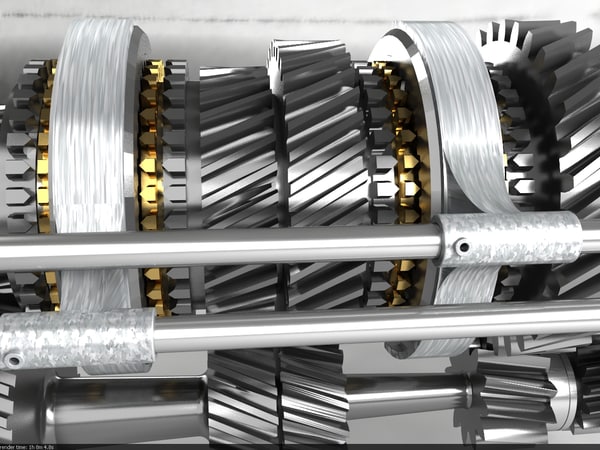 Then the entire global production infrastructure will change. It will be a distributed system where production will be much closer to the consumer. Recently, the consulting firm McKinsey found that when a company decides where to make a product, it has two main motives: proximity to the consumer and proximity to innovative delivery systems. And not at all where labor is cheaper. The Chinese company Foxconn, known in particular for the production of Apple products, is building its new plant in Indonesia. Not because the wages of workers there are lower - they are lower, but not by much, and this is not the main thing. It's just that Indonesia is the market that Foxconn intends to explore now. That is, there is a trend, and 3D printing will only strengthen it. Building large factories entails large capital expenditures, and creating a system of small distributed production based on 3D printing may be more cost-effective, especially if you take into account the reduction in the cost of delivering goods to the consumer.
Then the entire global production infrastructure will change. It will be a distributed system where production will be much closer to the consumer. Recently, the consulting firm McKinsey found that when a company decides where to make a product, it has two main motives: proximity to the consumer and proximity to innovative delivery systems. And not at all where labor is cheaper. The Chinese company Foxconn, known in particular for the production of Apple products, is building its new plant in Indonesia. Not because the wages of workers there are lower - they are lower, but not by much, and this is not the main thing. It's just that Indonesia is the market that Foxconn intends to explore now. That is, there is a trend, and 3D printing will only strengthen it. Building large factories entails large capital expenditures, and creating a system of small distributed production based on 3D printing may be more cost-effective, especially if you take into account the reduction in the cost of delivering goods to the consumer.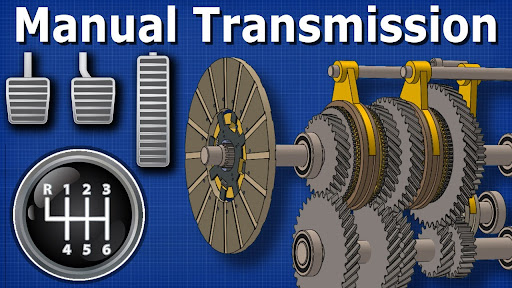
PM: Then maybe print everything you need at home?
JB: I think that in ten years in developed countries half of the families will have a printer. This does not mean that you need to print everything. It’s like with a microwave: you have it, but you don’t cook all the food on it, but cook something on the stove, bake something in the oven. Windows and doors at home do not need to be printed, but digital devices such as smartphones in 15 years, we will be able to print at home. Unless, of course, smartphones remain in a form close to the current one. We will be able to buy a special design for these devices, we will be able to create it ourselves.
PM: Will the proliferation of home 3D printers lead to an increase in household waste?
JB: I think by then any product will be designed with a full life cycle in mind. If you print something, you will know exactly how it will be reused or recycled.


